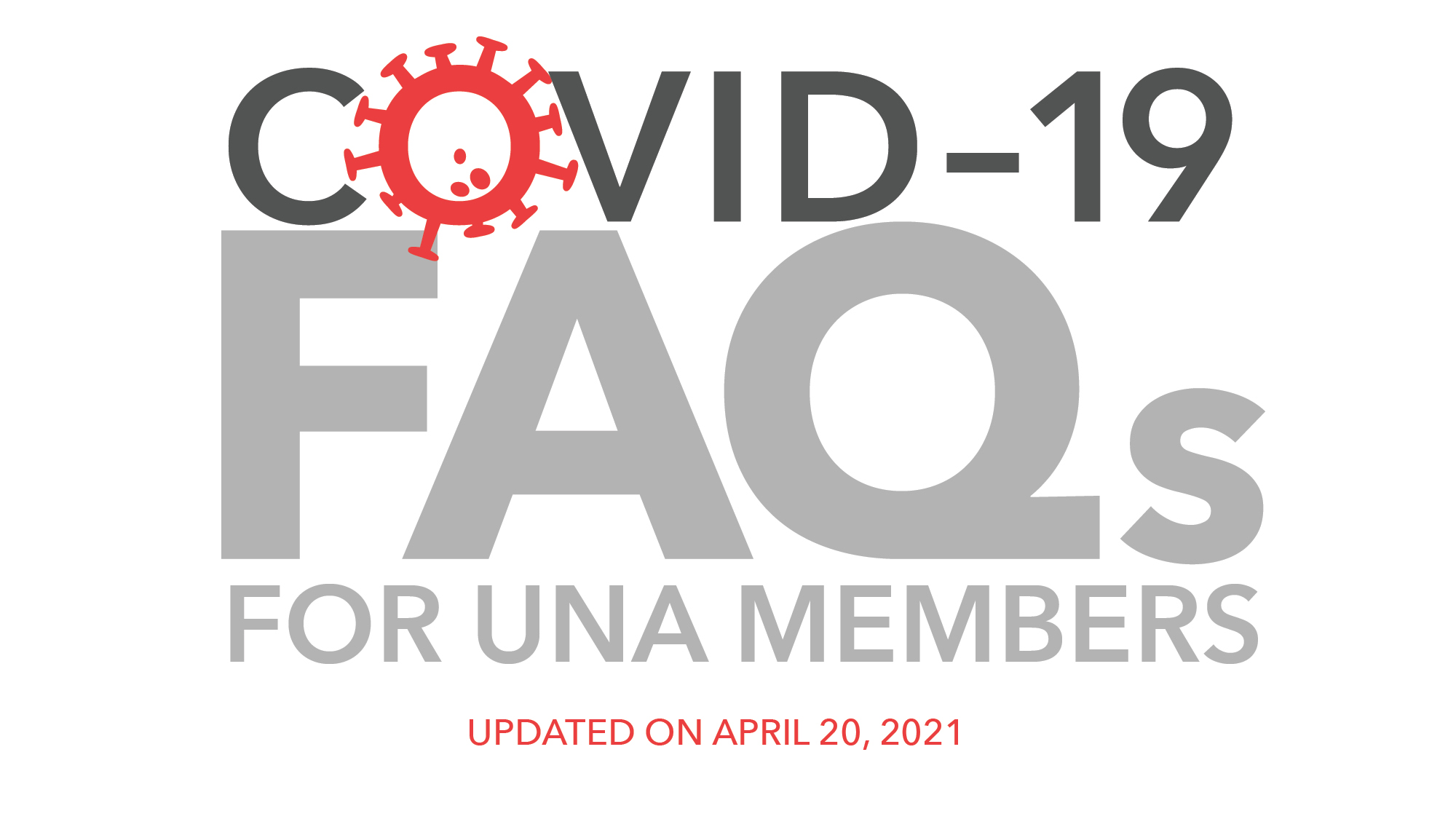SECTION 425: MISCHIEF
As per the Section 425 of the Indian Penal Code,1860 (hereinafter referred to as IPC) that whenever anyone performs an act either having an intention to cause or is aware that his act is likely to bring, some destruction or damage to any property, destroying or diminishing its value and utility, hence, resulting in an undue loss or damage to the public or any person is said to commit mischief. It is an extension to the legal maxim sic utretuoleadas which means “use your property, but not in a way that can injure your neighbor’s or other’s property.”
Don't forget to subscribe, like, share and drop your valuable commentthank you ☺️. Central Government Act. Section 426 in The Indian Penal Code. Punishment for mischief.—Whoever commits mischief shall be punished with imprisonment of either description for a term which may extend to three months, or with fine, or with both.
ILLUSTRATIONS:
- “A” intentionally sets X’s home on fire causing him wrongful loss or injury.
- “A” a doctor deliberately prescribed wrong medicine to “B’s” cattle with an intent to cause wrongful loss or injury.
- “C” diverts the flow of the canal in such a way to prevent “B” from irrigating his field causing him loss by damage of crops.
- “B” tears off some important business-related documents of A to cause him financial loss.
- “A” deliberately burns off the standing crop that was jointly cultivated by “A” and “B”.
- “B” intentionally damages a “signboard“installed by the order of municipality causing wrongful losses & injury.
- The aforesaid section 425 of the IPC. The maximum punishment for mischief as per section 426 of the IPC is imprisonment of up to 3 (three) months or a fine or both. 1 Imprisonment of “either description” means simple imprisonment or rigorous imprisonment.
- 425-426-3236 has 138 photos found online. Browse all the photos. SumoSearch is the ultimate lookup tool for phone numbers.
- 425: Plastic article or earthenware shaping or treating: apparatus: 426: Food or edible material: processes, compositions, and products. (ipc) 720: Dynamic.
INGREDIENTS OF MISCHIEF:
Essentially there are three key elements to establish Mischief as per the definition laid down in section 425 of IPC which are as follows:
- Intention or the knowledge of the act (mens rea);
- The act resulting in destruction, damage, or change in the property or situation thereof; and (actus rea)
- The change must lead to diminishing the value or utility.
In the case of Nagendranath Roy vs. Dr. Bijoy Kumar Dasburma[1]where the court observed that mere negligence does not constitute mischief. However, in certain situations when facts indicate that intention to cause wrongful loss was present along with the negligence causing damage will amount to mischief.

In the case ofKrishna Gopal Singh vs. State of Uttar Pradesh[2], it was stipulated that if the accused has committed an act without any intent or knowledge that the act in question is likely to cause wrongful loss or damage to any person or the public at large, it will not fall under the ambit of mischief as the element of “Mens rea” is absent. Similarly, if an act is committed without free consent i.e. Under some pressure or duress, it will also not amount to mischief.
One very important case in this regard is the case ofSippattar Singh vs. Krishna[3] case, where the court separated the offence of theft from mischief. In this specific case, the respondent was guilty of cutting the sugar cane from the field of the petitioner and taking it away.
The Court found the respondent not to be guilty of the offence of mischief, but he was held guilty of theft, because of two important reasons: first that the respondent had not caused any damage to the remaining field of the sugar cane, & second because the respondent had physically moved certain quantity of sugarcane coupled with dishonest intention to misappropriate it.
In another case of E.In Shriram vs Thakurdas [4] case, the complainant alleged that the accused, an officer of Municipal Corporation, demolished his house thus was guilty of the offence of mischief causing him wrongful loss and damage. But upon investigation, it was found that it was an unauthorized construction and the accused took the action only after serving due notices.
The Bombay High Court held that the officer acted in the due course of his duties by demolishing the unauthorized construction as per law, thus this act of his attracts no offence under section 425 of IPC.
SECTION 426: Punishment for Mischief
The punishment for Mischief is prescribed under Section 426 which states that it attracts imprisonment of a term which may extend up to three months, or with fine, or with both, as the court may deem fit. The offence under this Section is non-cognizable, bailable, compoundable, and triable by any Magistrate.
SECTION 427: Mischief causing damage to the amount of fifty rupees
When a Mischief committed results in pecuniary damage of fifty rupees or upwards the person will be subject to the imprisonment of either description of a term with a maximum of two years, or with fine, or with both.
SECTION 428: Mischief by killing or maiming of animals of the value of ten rupees
This section provides the punishment in case of mischief committed upon any animal or animals of the value of ten rupees or upwards which includes killing, poisoning, maiming, or rendering that animal useless.
The object of the legislature to prevent cruelty against animals.The word ‘animal’ used in the statute refers to ‘all living creatures except the human being. By ‘Maiming’ the legislature does not intend causing wounds or temporary injuries but rather It has to be an injury permanently affecting the use of a limb or other parts of the body.The offence under this Section is cognizable, bailable, compoundable with the permission of the Court before which any prosecution of such offence is pending and triable by any Magistrate.
SECTION 430: Mischief by injury to works to irrigation or by wrongfully diverting water
The section specifically aims at those cases where the act of mischief results in some injury to the work of irrigation or by unduly diverting the flow of water resulting in wrongful losses & damage. This section applies in the cases where weakening or obstructing the supply of water causes wrongful disturbances & losses in commercial activities such as agriculture, manufacturing, or interfering with the drinking and food requirement of human beings or animals.The punishment prescribed in IPC for this offence will be either a description of a term which may extend up to 5 years, fine, or both as the court may deem fit.The object behind the statue is to prevent diminution in the supply of water for agriculture, commercial purposes, or to punish any alteration in the water supply resulting in some sort of interference with the drinking and food requirements of humans and animals.
SECTION 431: Mischief by injury to the public road, bridge, river, or channel

This section deals with the punishment when an individual does an act which has the consequence of or which he knows has the consequence of causing inconvenience to the public. It covers those acts which result in damage to public roads, bridge, navigable river, or navigable channels (natural or artificial) by making them impassable or rendering them less safe for traveling or conveying property.The punishment prescribed under IPC is imprisonment of either description for a term which may extend to five years, or with fine, or with both.The offence under this Section is cognizable, bailable, non-compoundable,
SECTION 435: Mischief by fire or explosive substance with intent to cause damage
This section covers those cases where the mischief is committed by fire or any explosive substance with an intent to cause, or the knowledge that the act is likely to cause damage to any property. This section applies when the amount of damage incurred is one hundred rupees or upwards or ten rupees or upwards when the “property” damaged is agricultural produce.The section prescribes imprisonment of either description for a term which may extend to seven years, and shall also be liable to fine.The offence under this Section is cognizable, bailable, compoundable, and triable by Magistrate of the first class.
SECTION 436: Mischief by fire or explosive substance with intent to destroy the house
Even this section deals with the mischief committed by fire or any explosive substance but specifically applies when the damage is caused to any building which can be a house, place of worship, or as a human dwelling or as a place for the custody of property. Considering the seriousness of the offence the punishment prescribed under this section is graver which may include life imprisonment, or with imprisonment of either description for a term which may extend to ten years, and fine as the court may deem fit.The offence under this Section is cognizable, non-bailable, non-compoundable, and triable by the Court of Session.
One of the most essential requirements to establish an offence under Section 436 of IPC is that there must be some irrefutable evidence that the accused who actively set fire to the dwelling place or building or instigated someone to do it for him. For example- a testimony of direct eye witness against the accused that he/she set the property on fire.
SECTION 440: Mischief committed after preparation made for causing death or hurt

This section describes the punishment for committing mischief by making preparations with an intent to cause or create fear of death, hurt or wrongful restraint. It lays down the punishment of imprisonment for a description of a term which may extend up to five years and a fine.The offence under this Section is cognizable, bailable, non-compoundable, and triable by Magistrate of the first class.
- [1] 1991 II OLR 527
- [2] AIR 2000 SC 3616
- [3] AIR 1957 All 405
- [4] 1978 CriLJ 715
'Loved reading this piece by Apoorva?
 Join LAWyersClubIndia's network for daily News Updates, Judgment Summaries, Articles, Forum Threads, Online Law Courses, and MUCH MORE!!'
Join LAWyersClubIndia's network for daily News Updates, Judgment Summaries, Articles, Forum Threads, Online Law Courses, and MUCH MORE!!'